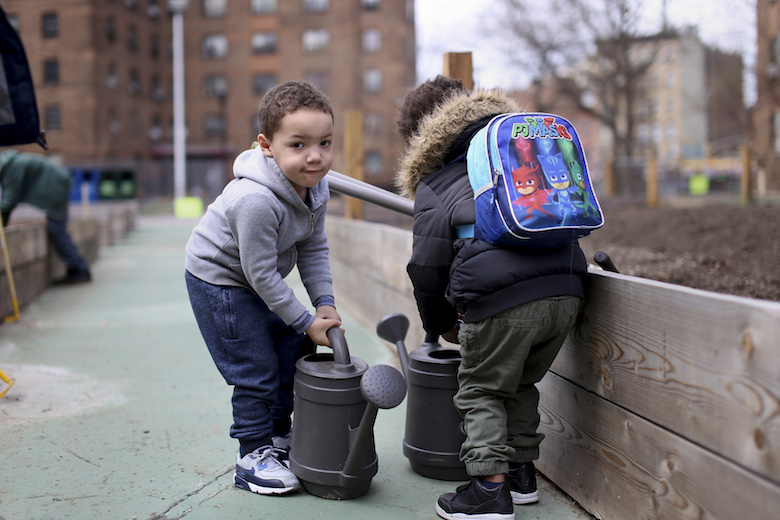
East Harlem sits adjacent to the Upper East Side in Manhattan, but the difference in diet-related chronic disease between the two neighborhoods is staggering: 26 percent of children in East Harlem suffer from obesity and 23 percent of residents have diabetes compared with only 8 percent childhood obesity and 4 percent diabetes in the Upper East Side. Economic information for the two neighborhoods is similarly reflective: one third of residents in East Harlem suffer from poverty compared with 8 percent in the Upper East Side, and the proportion of residents receiving food assistance through the SNAP program is 8 percent and 31 percent, respectively.
These numbers are among the information available from NYC Foodscapes, a series of reports compiled by the New York Food Policy Center at Hunter College. The reports “provide a community-level snapshot” of the individual food environment of each neighborhood in order to illustrate the relationship between food access and diet-related chronic diseases. Access to affordable and nutritious food is a critical component of food security, defined by the Food and Agriculture Organization (FAO) as “when all people, at all times, have physical, social and economic access to sufficient, safe and nutritious food which meets their dietary needs and food preferences for an active and healthy life.”

The Foodscapes reports describe demographic information; consumption of fruits, vegetables, and sugary drinks; walking distance to fresh fruits and vegetables; proportion of residents receiving SNAP benefits and the prevalence of nutrition-related chronic diseases: diabetes, obesity, and high blood pressure. The data presented in these reports show a relationship between poverty, food access, and health—underscoring the fact that poverty is the largest driver of food insecurity.
Also described in each report are citywide initiatives to improve access to healthy foods, and where those initiatives can be found in each neighborhood. In East Harlem, there are 39 GreenThumb community gardens that any city resident can join. In Brooklyn Heights/Park Slope, 43 schools participate in the school gardens initiative Grow to Learn NYC. The reports list the location of SNAP enrollment sites, free summer meals for children through the New York City Department of Education, and FRESH program sites, which incentivize the development of grocery stores in underserved neighborhoods.
Every person deserves affordable access to healthy and appropriate foods, and the NYC Food Policy Center hopes that the information provided in the Foodscapes reports can help residents to understand their local food environment, and to seek out available resources within their community.



